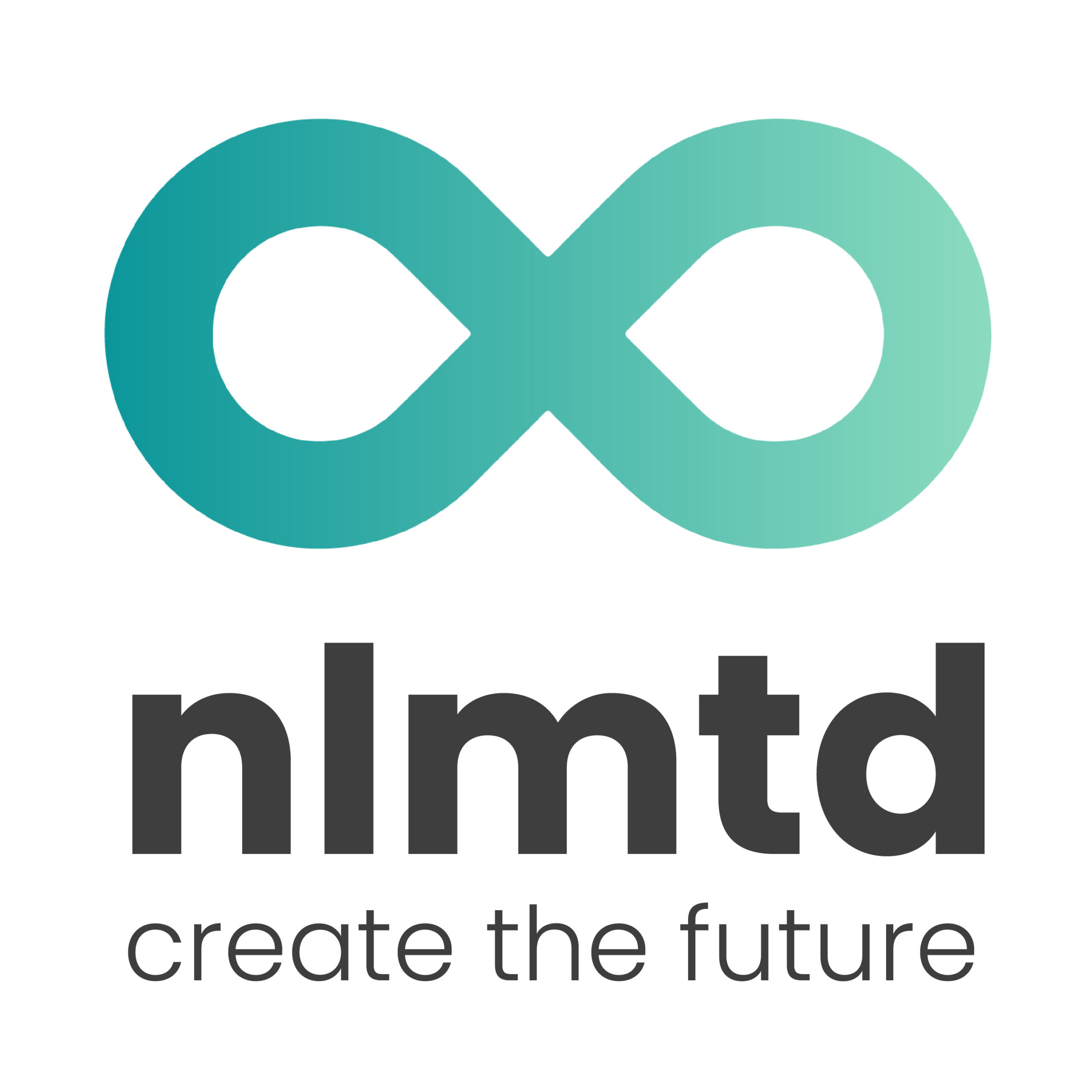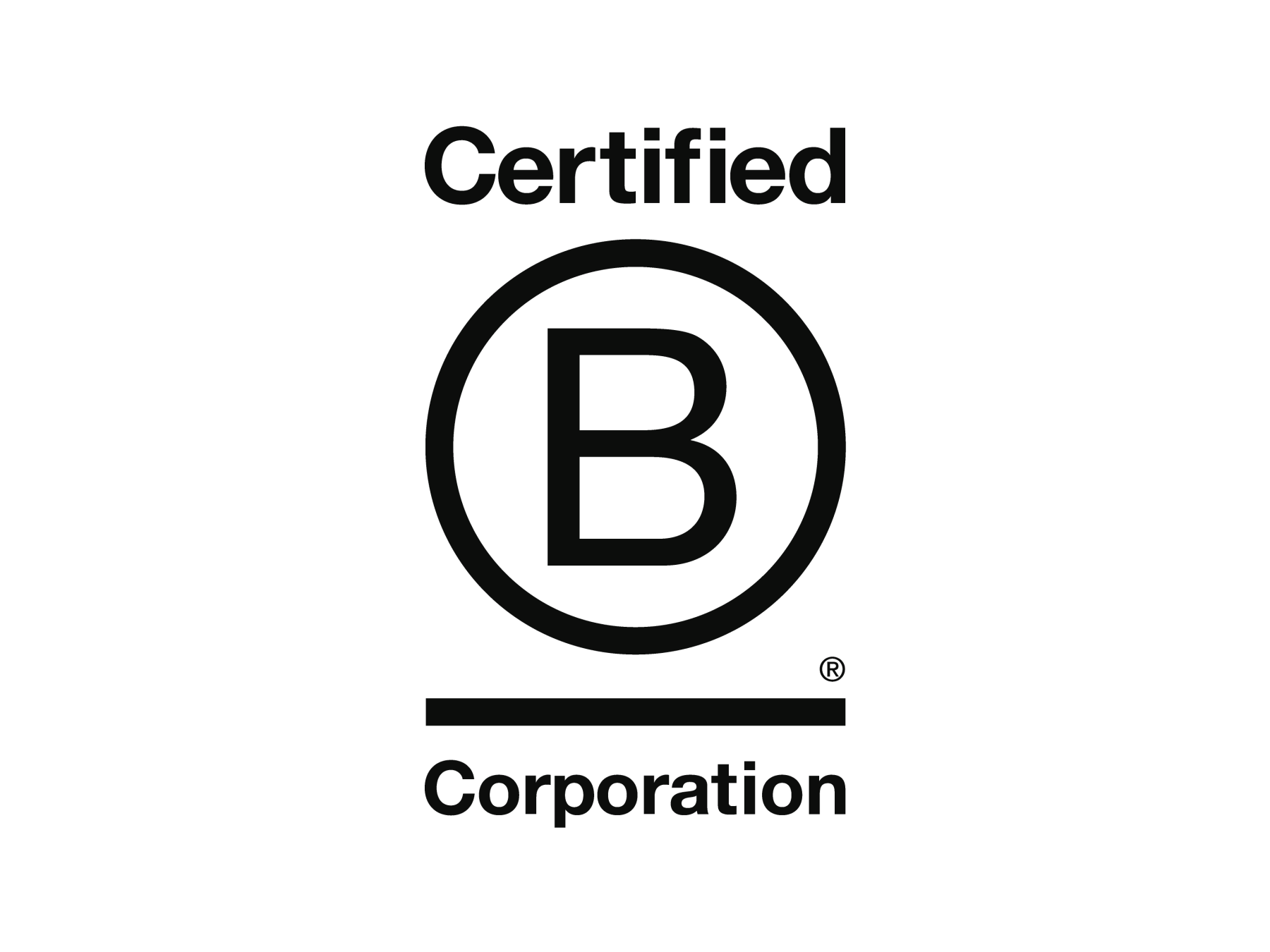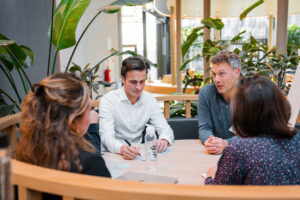August’s headlines warning us about the engulfing flames of the Amazon and the Arctic circle and the destroying power of hurricane Dorian. Years ago experts have already predicted that there would be an uptake in the amount and intensity of natural disasters. Yes, even by oil companies…
Climate change leaves us with many challenges to cope with (loss of biodiversity, polluted air, climate refugees, harvest failure, you name it). And the clock is ticking, since world population is increasing rapidly and is expected to grow till 9.7 billion by 2050. Children such as climate activist Greta Thunberg are now skipping schools to participate in demonstration to force top managers and politicians to start acting now on climate change and put their ‘beautiful worlds and promises’ into actions.
All of these events started a train of thought in my mind, with the two most prominent being: ‘What can organisations do to tackle climate change?’ And ‘Which organisations are already shifting towards more sustainable business models?’ In this article I will dive deeper into these questions.
We did it before
We have been on turning points before. In the modern era in the western culture we already faced several revolutions, starting from the agricultural revolution to the current digital revolution. Also quite recent in the 60s in the Netherlands we had an impactful transformation. In five years 80% of the households in the Netherlands moved from cole to gas. To kick-start this transformation the government helped a little by subsiding all of this (maybe because of ‘greed gas’?). Nonetheless, five years is quite an achievement and it shows our ability to change rapidly.
So nothing is impossible. But how do we do it? To me, circular economy is the answer.
So, what is circular economy?
The circular economy is an economic system that looks beyond the current take-make-waste model and aims at rethinking and redesigning the way we make things, focusing on society-wide benefits. The goal is to create a systemic shift to a system that builds long-term resilience, generates business opportunities AND provides societal and environmental benefits. This will result in a system with enhanced flows of goods and services where waste is designed out of the system and materials and finite resources are reused again as input for manufacturing processes or returned to the biosphere.
In the video below the circular economy is explained in a simple way:
The circular model distinguishes two cycles: the biological and the technical cycle. In the biological cycle food and biologically-based materials such as cotton and wood are designed to be given back to the system through processes like composting and anaerobic digestion. The technical cycle is focused on recovering and restoring products, components, and materials through strategies like reusing, repairing, remanufacturing or (in the last resort!) recycling. By separating the two cycles into biological and technical nutrients, materials and resources can be upcycled and used again.

Turning “waste” into economic value
There are several ways to participate in the circular economy as an organisation. Peter Lacy and Jakob Rutqvist describe in their book Waste to Wealth, five circular business models for organisations:
- Circular Supply-chain: Provide circular supplies such as renewable energy and bio based- or fully recyclable input materials to replace single- lifecycle inputs.
- Resource Recovery & Recycling: Recover useful resources/ energy out of disposed products or by-products
- Product Life-Extension: Extend working lifecycle of products and components by repairing, upgrading and reselling.
- Sharing Platforms: Enable increased utilization rate of products by making possible shared use/ access/ ownership.
- Product as a service: Offer product access and retain ownership to internalise benefits of circular resource productivity. In this business model the company stays owner of the product (and therefore responsible to the used materials.
In this blog you can read more about how to achieve circular advantage through improved business models.
Back to the question: Which organisations are already shifting to more sustainable business models?
Of course there are those cool examples like Adidas, which already made 11 million shoes from ocean plastic. And there’s more! They now developed a fully recyclable shoe which is designed for a circular life cycle. After use, the shoe can be given back to the store and from the recycled output they produce a new shoe.
Nonetheless, there are much more companies that already work on sustainable challenges with a circular business model. For now, I will give one example per business model to show how Circular Economy theory is already put in practice.
Niaga
Business model
Circular Supply Chain
Challenge
In the commercial carpet industry, carpets are composed of a complex array of chemicals such as Latex and PVC which are unrecoverable at the end-usage stage. Hence, 4 billion pounds of carpet end up in US landfills, worth more than 5 billion dollars.
Solution
Niaga (the word Again spelled backwards) has developed a carpet material of pure polyester or a dual combination of polyester and polyamide, polypropylene or wool, which can be fully restored to its original form in an effective and economically viable way. The latter can be restored because the two layers are married together with a reversible adhesive, which means they can easily be separated after use. Moreover, the carpets are collected and all materials can be recovered for input to a new carpet after usage.
Coolrec
Business model
Resource Recovery and recycling
Challenge
In the Netherlands we are responsible for the disposal of more than 409 million kg of electric and electronic devices every year, including solar panels.
Solution
Coolrec processes electric and electronic devices, plastics and non-ferro metals and turns them in to high quality materials again. Additionally, they are also the supplier of these high quality resources. Thus, Coolrec processes the disposed products of their clients, but also supplies new high quality resources which clients can use again to manufacture new products. For example, they shred old fridges and turn them into new cars.
Finch buildings
Business model
Product Life Extension
Challenge
Currently, the building industry is a highly linear industry. The components of building structures which are used are not easy to dissemble and therefore, are thrown away after its use. This is not sustainable and leads to more waste. Unfortunately, most buildings are constructed in this rigid and linear way. More versatile and reusable building components are needed to tackle waste. Luckily some building developers are taking notice and are applying adaptable components and structures. However, they are the exceptions not the rule.
Solution
Finch builds permanent, modular buildings that are made of wood. The buildings are fully adaptable to new functions and can be moved. The organisation plants new trees, so that the wood can be used as reusable resource. The design is made in a way that they are easy to disassemble so that materials can be used again. Finch combines modular design technology with the circular business model that focuses on product life extension.
GreenWheels
Business model
Sharing platform
Challenge
On average 95% of the time cars are parked, and therefore not used.
Solution
GreenWheels came up with the idea of a subscription service for car sharing. The user can get a subscription and make a reservation via the website or app for a car. GreenWheels is now one of the biggest car-sharing platforms in the Netherlands.
Gerrard street
Business model
Product as a service
Challenge
The head phone business is, like many other electronic products, highly linear. Globally 15 million kg of headphones is thrown away on a yearly basis due to either simple mechanical faults or technology advances.
Solution
To solve this waste problem, the Dutch startup Gerrard Street came up with the idea to offer beautifully designed, high sound quality headphones on a subscription basis, allowing customers to upgrade/repair for free; and incentivising Gerrard Street to provide the most durable product so that the revenue period is maximised. The headphones are modular and easy to disassemble so they can be easily repaired, refurbished or upgraded.
Other companies which already work on circular economy are: Too Good Too Go (Platform to sell left-over food to fight food waste), MUD jeans (subscription model for (partly) recycled jeans), DESKO (modular and circular furniture), Peerby (sharing platform where you can borrow stuff from your ‘neighbours’), Moonen Packaging (sustainable packaging), Fairphone (builds modular phones of fair materials), Roetz bikes (designs and builds circular bikes that are made from recycled parts of old bikes).
Note: Basically most companies with a ‘product as a service business model’ such as Netflix, Dropbox and Spotify can be considered as circular. Hence, they replace physical products with (streaming) services, which results in a rapid decrease of physical products. Nonetheless, at the same time the new challenge is to ensure the energy usage of the servers (due to data processing) is produced renewable.
Want to know more? Other circular case studies can be found here.
How can we help you?
At nlmtd we work on creating future proof organisations, in which we believe the circular economy plays an important role. Do you want to work on circular challenges, but still wondering how to do it? We can help you! Either with our strategy, innovation and transformation services, or with the more hard core circular work such as a life cycle assessment or a circular action scan. And we’re very keen to do much more on circular economy, so if you have a question related to circular economy, just send me an email for a call or a cup of coffee (or tea). Let’s together become future-proof!





